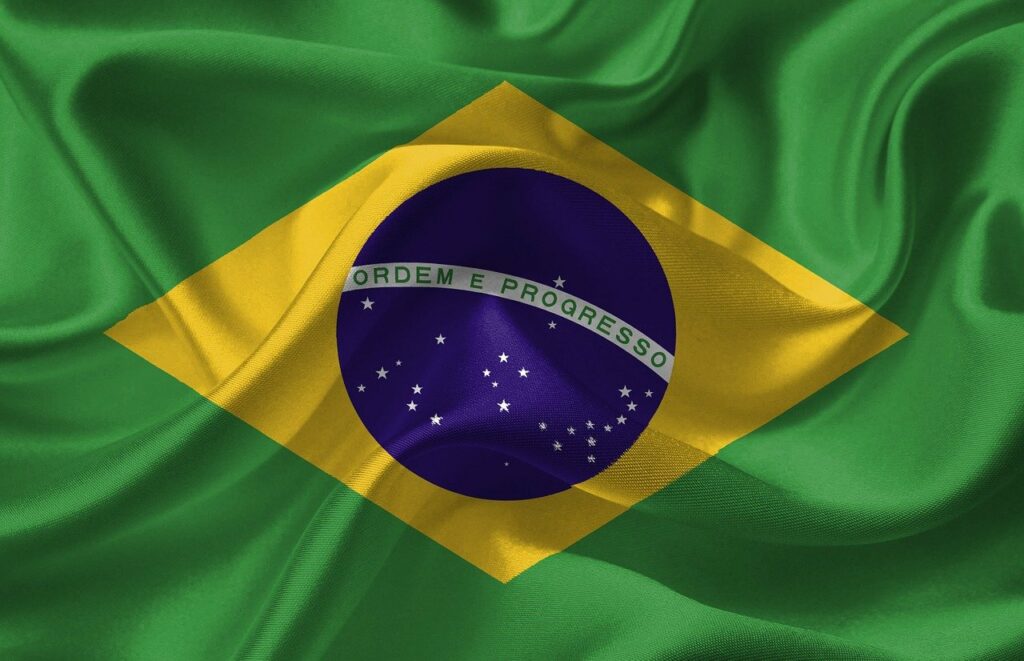Brazil is poised to revolutionize its energy landscape and economic prospects through the burgeoning green hydrogen market, with the potential to generate a staggering R$150 billion per year by 2050.
The comprehensive “Green Hydrogen Opportunity in Brazil” survey, published on January 20, 2023, sheds light on this transformative journey, showcasing ambitious goals, innovative technologies, and the anticipated impacts on the nation’s economy.
In the pursuit of a vibrant green hydrogen sector, Rio Grande do Sul is set to play a pivotal role through collaboration between key entities. The partnership involves the Brazilian Research and Innovation Certification Network (RBCIP), Federal University of Rio Grande do Sul (UFRGS), Pontifical Catholic University of Rio Grande do Sul (PUC-RS), University of Vale do Rio dos Sinos (Unisinos), and Green World Energy (GWE). Together, they have established REDLABSUL, integrated multi-user laboratories, to drive innovation and the production of new green hydrogen products within the state.
A groundbreaking aspect of this initiative is the use of a reactor at the Center for Technological Development in Renewable Energy and Hydrogen (CDT-ERH) to treat sewage. The purified water will then be employed in the production of green hydrogen. The project, set to commence operations in 2024, is anticipated to create 20,000 direct and indirect jobs in Rio Grande do Sul over the next five to ten years, with an influx of approximately $10 billion in investments.
The REDLABSUL laboratory, located in the PUC Technological Park, is slated to be a center for studies, workforce qualification, and hydrogen production. Noteworthy is its distinctive approach as a pilot plant, utilizing photovoltaic energy, wind energy, and energy from the national integrated energy system (GRID) for hydrogen production. The collaborative effort aims to explore multiple routes for hydrogen utilization, including synthetic gas, green diesel (HVO), green methanol, green ammonia, green fertilizers, and technical, economic, and environmental feasibility studies (EVTEA).
While Brazil currently doesn’t manufacture green hydrogen at scale, the nation is primed to become a global leader, as indicated by an international study conducted by the German consultancy Roland Berger. Brazil’s abundant renewable energy sources, constituting 87% of its energy matrix, lay the foundation for extensive growth in the green hydrogen sector. The potential shift from exporting traditional commodities to exporting value-added green products like steel and ammonia presents an exciting avenue for economic diversification and sustainability.
In 2021, the global demand for hydrogen was 94 million tons, primarily produced from fossil sources. However, the transition towards low-carbon fuel is gaining momentum, with an estimated demand ranging from 350 to 530 million tons per year by 2050. Brazil’s strategic position as a major player in the green hydrogen market aligns with the global commitment to reducing carbon emissions, amplified by recent geopolitical events affecting energy transition plans in Europe.
The global hydrogen landscape is evolving rapidly, with Germany, Australia, and Chile emerging as key players. China, currently the largest producer of hydrogen globally, is making strides toward green hydrogen production, intending to achieve an annual production of 100,000 to 200,000 tons by 2025. This signifies a global shift towards sustainable practices and a reduction in reliance on fossil-origin hydrogen.





